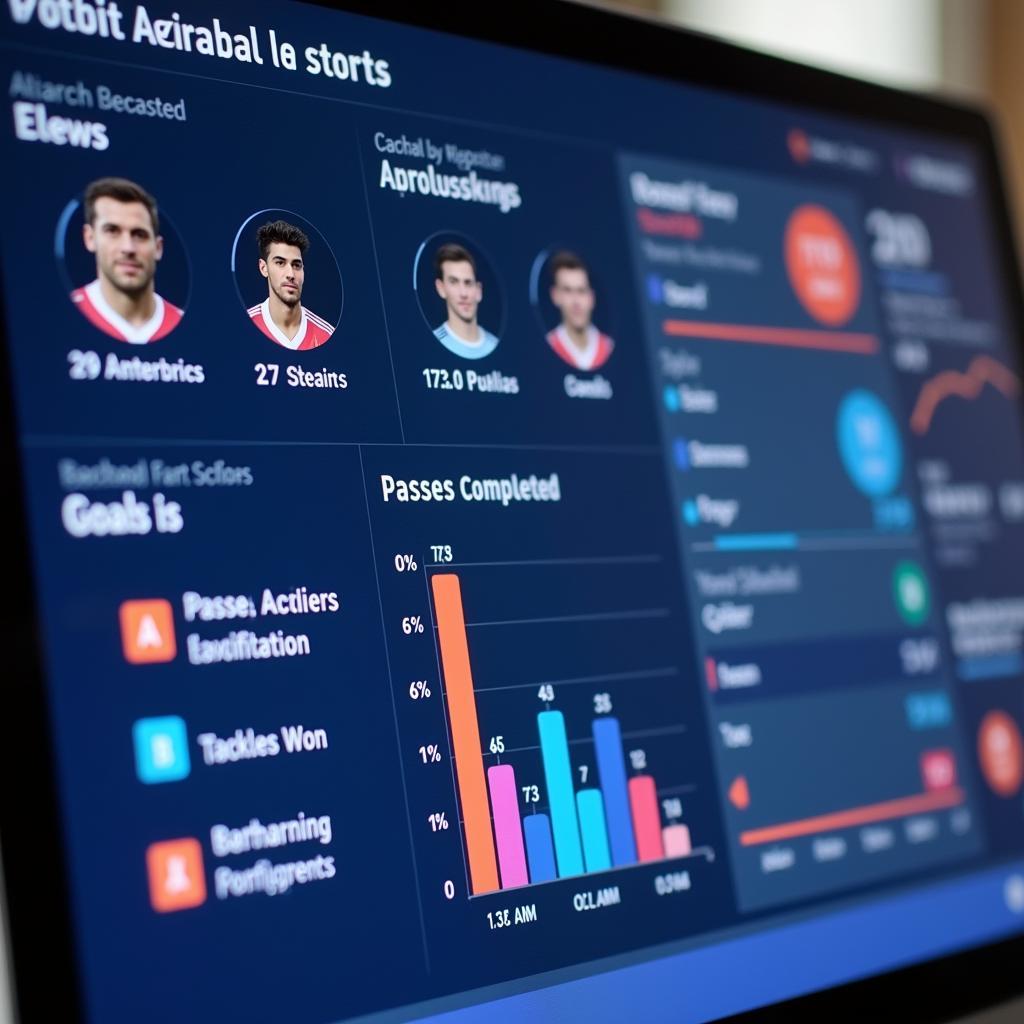Understanding Football Player Transfer Values
October 17, 2024The world of football transfers can seem like a whirlwind of dizzying figures, especially when it comes to player valuations. Why is one player worth millions more than another? What factors contribute to these sky-high transfer fees? This article delves into the intriguing world of football player transfer values, exploring the key elements that determine a player’s worth in the global market.
What Determines a Football Player’s Transfer Value?
While scoring incredible goals and showcasing dazzling footwork might be what captures the hearts of fans, a multitude of factors contribute to a player’s transfer value. Here are some of the most significant:
On-Pitch Performance: Goals, Assists, and Beyond
It goes without saying that a player’s performance on the pitch is paramount. Goals and assists are the most obvious metrics, but clubs also scrutinize a player’s overall contribution:
- Goals: A consistent goal-scoring record is often the most significant factor, especially for strikers.
- Assists: Creating goals is equally crucial, highlighting a player’s vision and passing ability.
- Playing Position: Attacking players tend to command higher fees than defenders or goalkeepers.
- Consistency: A player who consistently performs at a high level is more valuable than one with sporadic brilliance.
 Football Player Performance Metrics on a Screen
Football Player Performance Metrics on a Screen
Age and Potential: Investing in the Future
A player’s age is a significant factor. Younger players, even with less experience, often have higher potential, making them attractive long-term investments:
- Potential: Clubs are willing to pay a premium for players who demonstrate exceptional promise and the capacity for growth.
- Longevity: Younger players have a longer career trajectory ahead of them, offering a greater return on investment.
 Young Football Player Training with a Ball
Young Football Player Training with a Ball
Contract Situation: Time is Money
A player’s existing contract heavily influences their transfer value:
- Remaining Contract Length: Players with longer contracts tend to command higher fees as buying clubs have to compensate for the remaining contract duration.
- Release Clause: Some contracts include release clauses, setting a fixed price at which a player can be bought, regardless of negotiations.
Marketability: The Star Power Factor
In modern football, a player’s marketability significantly impacts their value. It’s not just about their skills on the field; it’s about their brand:
- Global Recognition: Internationally recognized stars can attract sponsorships and increase merchandise sales, making them more valuable to clubs.
- Social Media Presence: A strong online following can translate into real-world influence and revenue generation for clubs.
 Football Fans Cheering in a Stadium
Football Fans Cheering in a Stadium
FAQs About Football Player Transfer Values
1. Why do transfer fees seem inflated in recent years?
The influx of television revenue and increased global interest in football have significantly boosted transfer fees. Clubs now have more financial muscle, leading to higher bids for top players.
2. Are transfer values always a reflection of a player’s true worth?
Not necessarily. Transfer fees can be influenced by factors beyond pure talent, such as market demand, club finances, and negotiation tactics.
3. Can a player’s transfer value decrease?
Absolutely. Poor performance, injuries, age, and disciplinary issues can all negatively impact a player’s value.
Get in Touch
Have more questions about the fascinating world of football? Contact us at:
Phone: 0396443476
Email: [email protected]
Address: 23 Thang 3, Dak Nia, Gia Nghia, Dak Nong, Vietnam
Our team is available 24/7 to assist you.